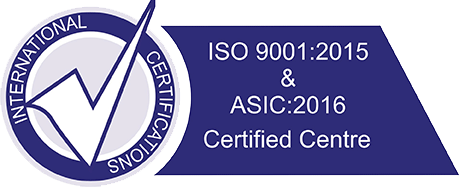What is PGD?
Genes are passed on from one generation to another. The phenotype or trait of a gene depends on the genotype. Genotype can be described as a particular combination of the gene on the chromosomes. Depending upon the inheritance pattern of the genotype, a certain combination or variation of the gene can be harmful resulting in a disease phenotype. It can be traumatic to undergo an abortion if the baby is detected prenatally for some life threatening genetic disease. In families where there is a clinical history of such genetic diseases it very important that the disease causing combination is excluded in order to have a healthy baby. Preimplantation genetic diagnosis or PGD is such a platform where the disease causing gene combination is probed and embryos harbouring such combinations are excluded. Thus, even in families which manifest fatal genetic disorders, PGD gives a chance to have a healthy baby.
Is PGD for me?
Genetic testing of your embryos may be recommended if:- you have had a number of abortions because your baby had a genetic condition
- you already have a child with a serious genetic condition
- you have a family history of a serious genetic condition.
- In case of certain cancer like breast or ovarian cancer
Which genetic conditions can be tested for during PGD?
Over more than 100 genetic diseases can be investigated in an embryo for PGD.
Which clinics can carry out PGD?
A clinic must:- Have a genetic license
- Have a full time embryologist trained to carry out embryo biopsy
- Have an IVF laboratory suitable for advanced culture conditions./li>
What are the risks of PGD?
Most of the risks involved in PGD treatment are similar to those for conventional IVF. For more information, see:
With PGD, there is also the possibility that:- some embryos may be damaged by the process of cell removal
- testing may not be 100% reliable or conclusive.
How does PGD work?
The procedure for PGD is likely to be as follows:- You undergo normal in vitro fertilisation (IVF) treatment to collect and fertilise your eggs.
- The embryo is grown in the laboratory for two - three days until the cells have divided and the embryo consists of around eight cells.
- A trained embryologist removes one or two of the cells (blastomeres) from the embryo.
- The cells are tested to see if the embryo from which they were removed contains the gene that causes the genetic condition in the family.
- Embryos unaffected by the condition are transferred to the womb to allow them to develop.
- Any suitable remaining unaffected embryos can be frozen for later use. Those embryos that are affected by the condition are allowed to perish.
- About two weeks after the embryo transfer, the woman is given a pregnancy blood test.
It is possible that, instead of removing and testing one or two cells from a 2-3 day old embryo, some centres may allow the embryo to develop to 5-6 days, when there are 100-150 cells.
At this stage, cells within an embryo have separated into two types: cells which will form the fetus (inner cell mass) and cells which will form the placenta (trophectoderm).
More cells can be removed at this stage (from the trophectoderm) without compromising the viability of the embryo, possibly leading to a more accurate test.
What is the chance of having a baby with PGD?
It is difficult to assess success rates for PGD because there is currently little data available. Most women use this treatment not because they have fertility problems but because they want to avoid having a child with a genetic disease.
As with most fertility treatments, success depends on many factors, including the woman’s age and whether a cause of infertility has been identified.
Sometimes no embryos are suitable for transfer to the womb, for reasons including:- not enough eggs are produced or fertilised in the first place
- removing the cells to be analysed damages the embryos
- all the embryos are affected by the genetic disease.
In 2010 (the year for which the most recent data is available) 311 women received 383 cycles of PGD. This resulted in 121 live births (live birth rate of 31.6% per cycle started).


